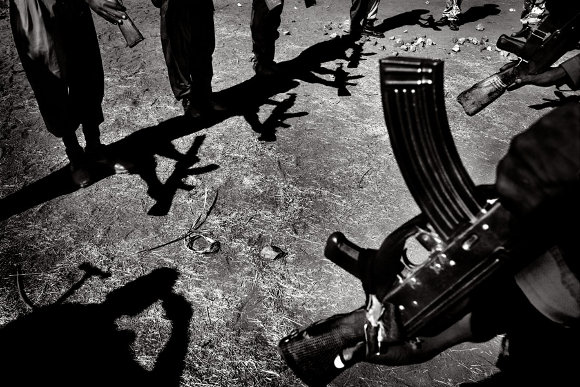The Alexia Foundation promotes the use of photography to challenge social injustice. The foundation provides grants, scholarships and other means to support photographers as agents of change.
The foundation was set up in honour of Alexia Tsairis, who lost her life age 20 in the 1988 Lockerbie plane bombing. Since 1991 the foundation has funding photography projects on a diverse range of issues, across the world.
Below are examples of the work the foundation has funded. Click each image to be taken to the full collection.
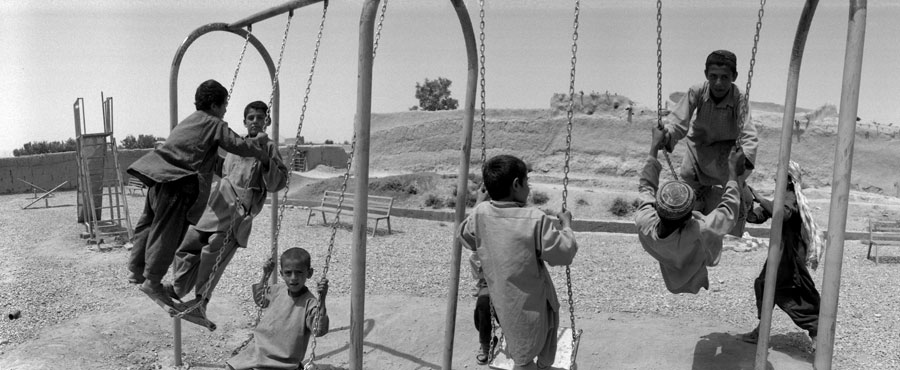 Afghan boys play on swings in Dand District South of Kandahar City, Afghanistan. In 2009, this district teetered on the verge of collapse as insurgents operated freely, intimidating and terrorizing the local population and government officials. Although it is not completely secure, a long term counterinsurgency (COIN) operation implemented by Canadians turned the area around. © Louie Palu/ZUMA Press/Alexia Foundation
Afghan boys play on swings in Dand District South of Kandahar City, Afghanistan. In 2009, this district teetered on the verge of collapse as insurgents operated freely, intimidating and terrorizing the local population and government officials. Although it is not completely secure, a long term counterinsurgency (COIN) operation implemented by Canadians turned the area around. © Louie Palu/ZUMA Press/Alexia Foundation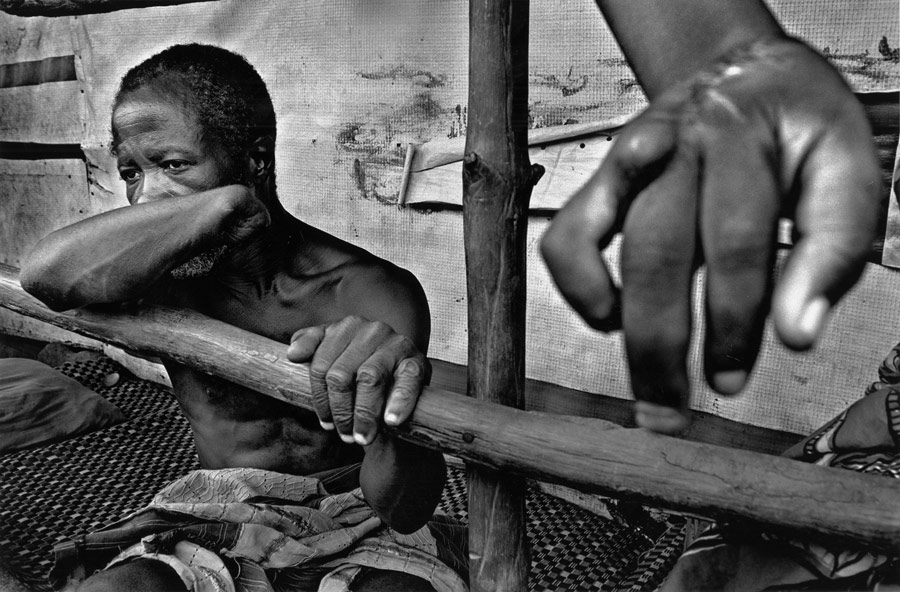 Gibrilla Kamara, 60, is from Port Loko. Rebels amputated his hands with a machete. He was asked to give the hands he voted for Kabba (the president) with. The hand to the right belongs to Isatu Biah, 26, from Port Loko. While the rebels were cutting her hands with machetes they heard a noise and ran away leaving her hand half hanging. Jan Dago/Alexia Foundation
Gibrilla Kamara, 60, is from Port Loko. Rebels amputated his hands with a machete. He was asked to give the hands he voted for Kabba (the president) with. The hand to the right belongs to Isatu Biah, 26, from Port Loko. While the rebels were cutting her hands with machetes they heard a noise and ran away leaving her hand half hanging. Jan Dago/Alexia Foundation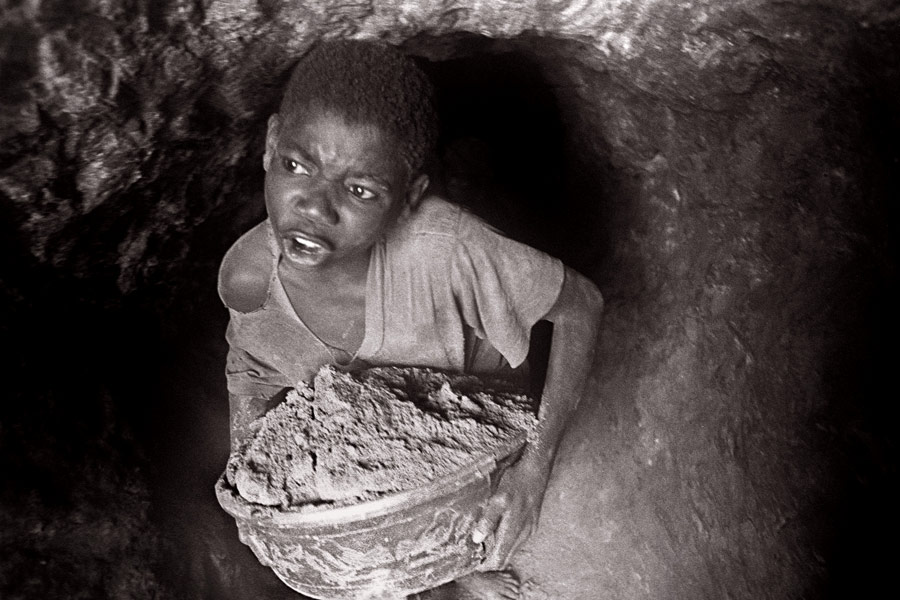 Durba, Democratic Republic of Congo, October 2004. Congolese men & boys prospect for gold, all work being done by hand. Roger LeMoyne/Alexia Foundation
Durba, Democratic Republic of Congo, October 2004. Congolese men & boys prospect for gold, all work being done by hand. Roger LeMoyne/Alexia Foundation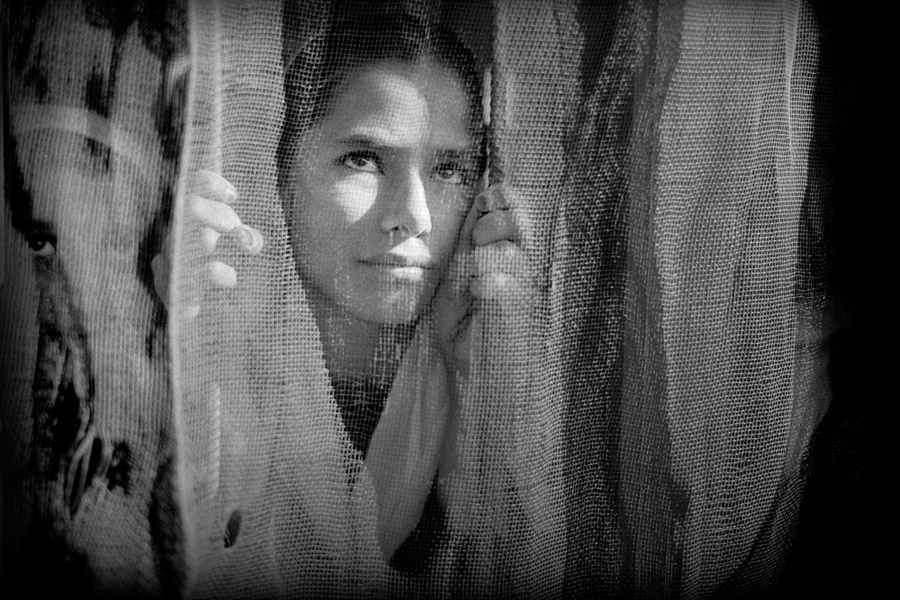 Young Afghan girls look out the window from their classroom in Manogai village, East Afghanistan. More than a third of Afghanistan's 5 million schoolchildren are now girls, compared with practically none in early 1992. The repressive Taliban regime banned the education of girls. They began to trickle back to classrooms only after the US-supported Northern Alliance ousted the regime in 2001. Despite significant progress having been made since then, UNICEF said that the main impediments to girls at school included resource issues, like a lack of female teachers and inadequate school facilities, along with some socio-cultural factors hampering the process. Schools in the country remain segregated by gender and boys have to be taught be men and girls by female teachers. There are currently 1,350 girls' schools, along with 2,900 other institutions that hold split sessions, with girls-only classes in the afternoon. Balazs Gardi/Alexia Foundation
Young Afghan girls look out the window from their classroom in Manogai village, East Afghanistan. More than a third of Afghanistan's 5 million schoolchildren are now girls, compared with practically none in early 1992. The repressive Taliban regime banned the education of girls. They began to trickle back to classrooms only after the US-supported Northern Alliance ousted the regime in 2001. Despite significant progress having been made since then, UNICEF said that the main impediments to girls at school included resource issues, like a lack of female teachers and inadequate school facilities, along with some socio-cultural factors hampering the process. Schools in the country remain segregated by gender and boys have to be taught be men and girls by female teachers. There are currently 1,350 girls' schools, along with 2,900 other institutions that hold split sessions, with girls-only classes in the afternoon. Balazs Gardi/Alexia Foundation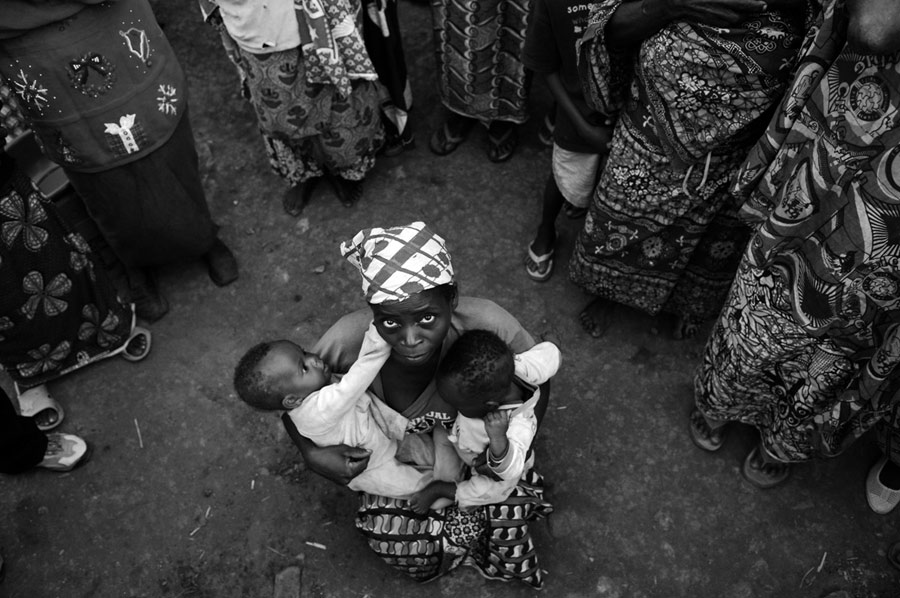 Henriette, 35, and her eight-month-old twins spend each evening at “House Two” – a facility rented by Panzi Hospital to house more than 100 other women in the VVS program. The hospital rents two such houses to accommodate the average 250 women in the program at any given time. Melanie Blanding/Alexia Foundation
Henriette, 35, and her eight-month-old twins spend each evening at “House Two” – a facility rented by Panzi Hospital to house more than 100 other women in the VVS program. The hospital rents two such houses to accommodate the average 250 women in the program at any given time. Melanie Blanding/Alexia Foundation
Insight on Conflict is Peace Direct's global resource on local peacebuilding in conflict areas.
Read more from Insight on Conflict



